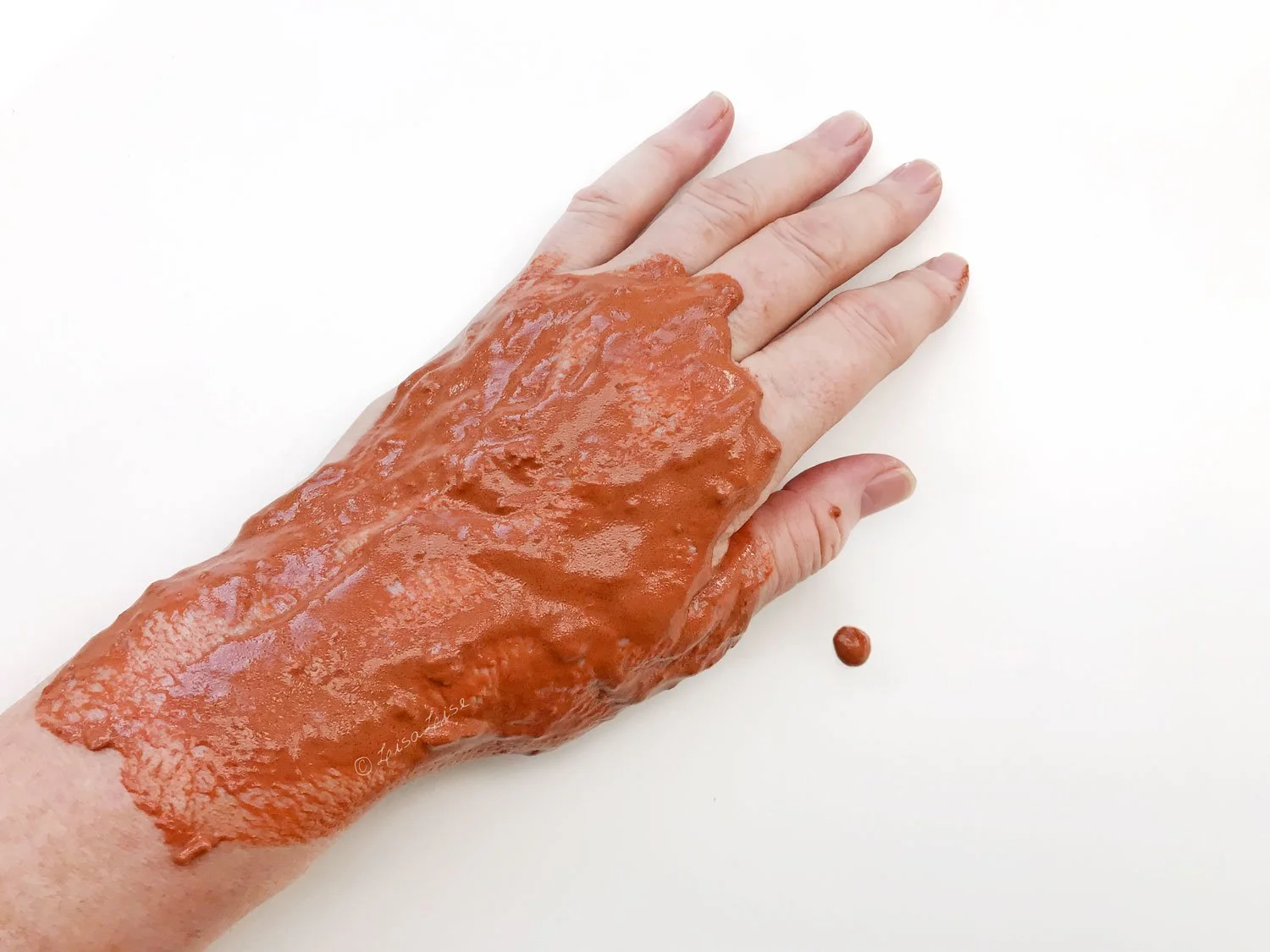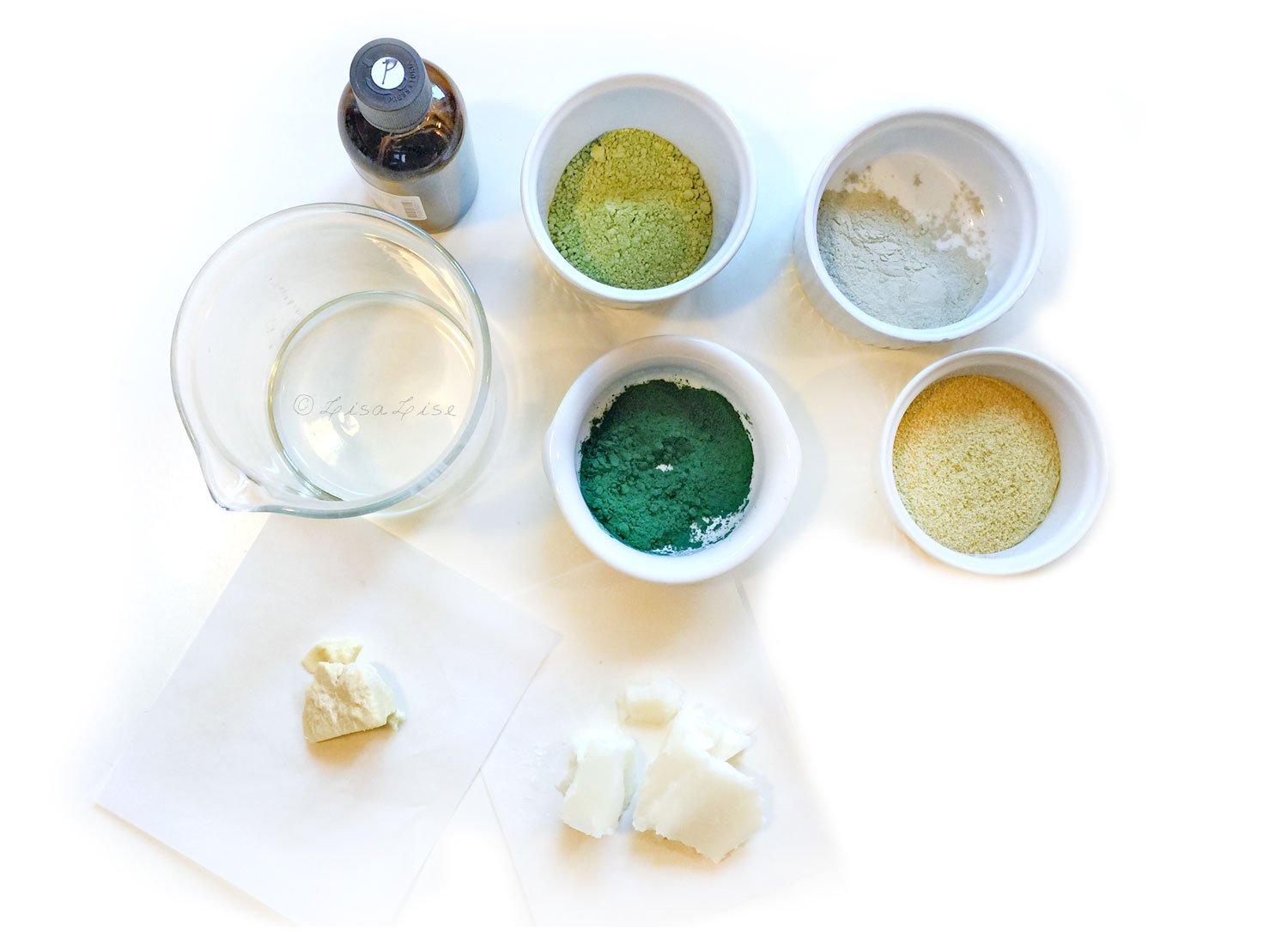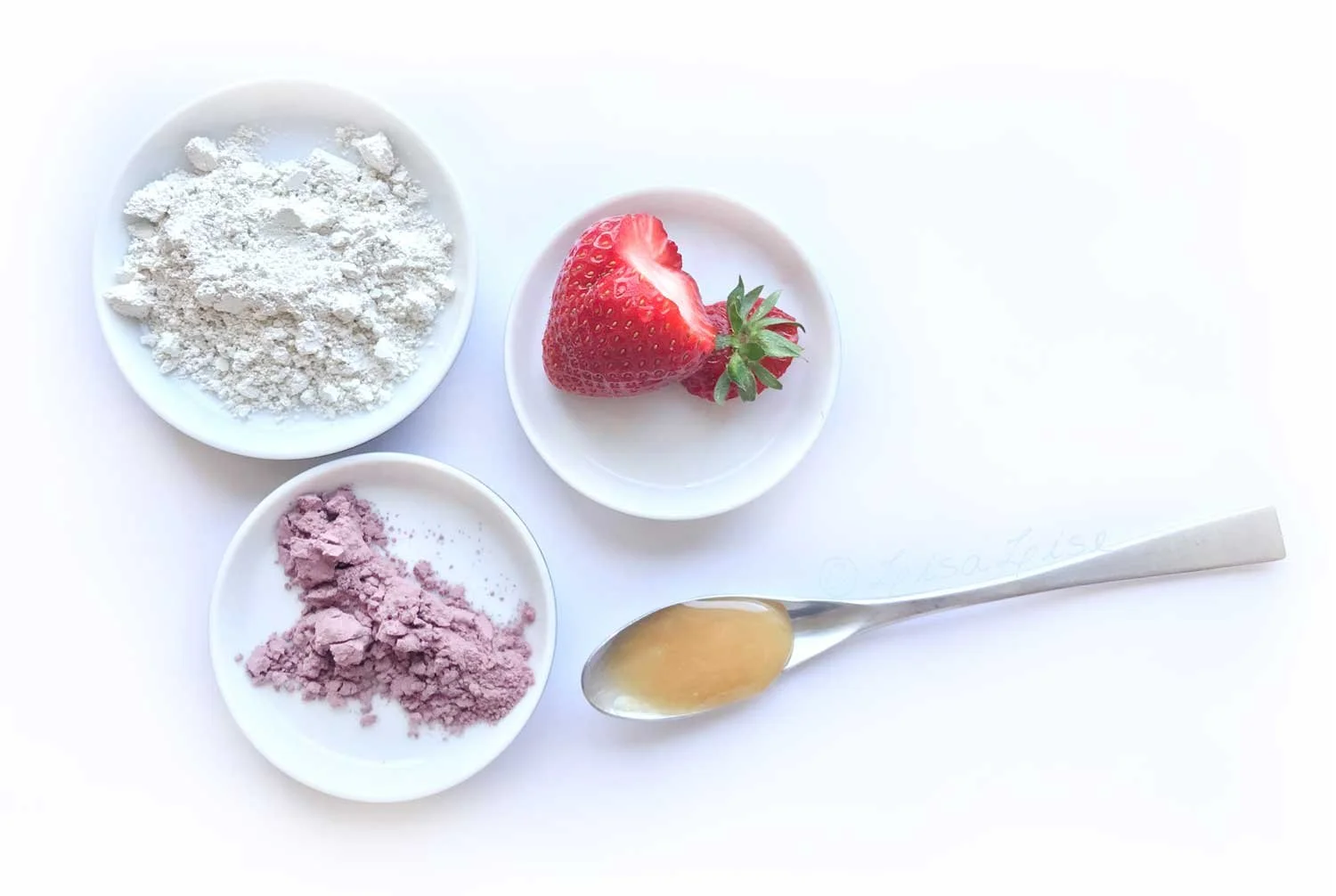How Preservative-Free Products With Honey, Clay, and Water is Possible
Lise
Today we're going to look something that might seem to defy normal formulating logic – a honey and clay mask that not only contains water, but has NO added preservative.
You: That's impossible! It would be a teeming mass of bacteria and microbes in a second and could never ever pass a challenge test.
Like, ever!
That's a perfectly understandable knee-jerk reaction.
But guess what.
This honey and clay mask passed challenge testing.
Want to know how? Read on to get the dirt! (little teensy pun intended)
The Clay and Honey Mask
Cosmetic chemist Amanda Foxon-Hill created a 'Simple Honey and Clay Mask' formula (link below) for one of her cosmetic-making workshops.
Her formula includes:
Honey
Clay
Water (or other liquid as desired)
Despite this ‘notoriously difficult to preserve’ combination of ingredients, Amanda’s formula does not include any preservative.
Not only was this particular mask made during a workshop full of students (without gloves, hairnets etc), but Amanda subsequently used the product, and then proceeded to leave it standing out in her hot (Australian) office for a couple of weeks (!).
Then she shipped the product off to be challenge tested.
And it passed.
But How?
Because of the way this formula is designed, it is self-preserving. Read: because it keeps itself preserved, there is no need to add preservative.
How is it even possible to create a self-preserving formula?
The answer lies not in one thing, but in several things, and the method is called Hurdle Technology.
Hurdle Technology
Hurdle technology involves using a combination of techniques to control (or completely eliminate) pathogens from a product.
In short, necessary 'hurdles' are 'placed' in a formulation to successfully inhibit unwanted organisms.
These hurdles might include
Heat-treating some ingredients prior to use
Using specific combinations of ingredients
Employing a particular set of methods during production
Maintaining a specific pH
Packaging requirements (think airless containers or containers where the product is pumped out and not exposed directly to fingers during use).
Hurdle technology is - relatively speaking - new on the scene and has its roots in the food industry. In the cosmetics industry, it is even newer.
Now, I know you’re wondering if there is a 'one-size-fits-all' easy-peasy way of employing hurdle technology to our cosmetic formulas, but unfortunately, it doesn't quite work that way.
Creating a successful self-preserving formula requires in-depth knowledge of the ingredients you are using, how they react (or don't react) with each other, experience, and loads of testing.
If you're interested in reading a bit more about hurdle technology, check the links below.
Meantime, find Amanda's self preserving Clay and Honey Mask formula right here.
Do Tell
Have you ever employed hurdle technology in your formulations? Were you successful? Please share in a comment below.
Find More Info
Amanda’s Post on Overpreserving with her Honey and Clay Mask Formula (LINK)
Self preserving cosmetics containing honey and water is possible (Botanical Formulations) (LINK)
Effect of Hurdle Technology in Food Preservation (pubMed) (LINK)
Principles and Applications of Hurdle Technology (Springer) (LINK)
Hurdle Technology (sample chapters - PDF format)
Why Honey Never Goes Bad (this blog)
How to Sterilize Clay for Your Cosmetics (this blog)
Club Highlights
There’s a quick and easy how-to in the members area that shows you how to take advantage of leftover herbs you might not know what to use for and can’t bear to throw out. Not a member? Click the picture below to check out what the Club has to offer you!
PS: There’s a bundle offer on these 2 e-books that show you how to make self-preserving glycerites as well as self preserving cleansers























